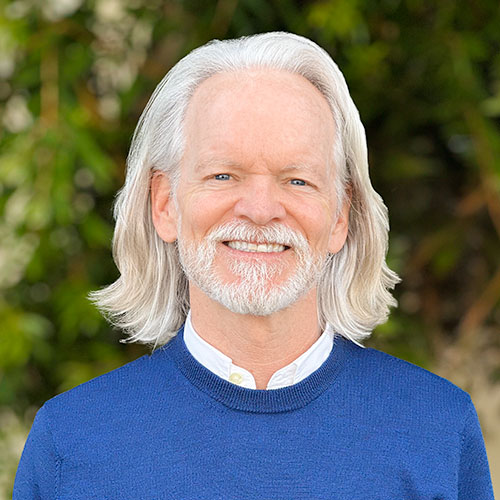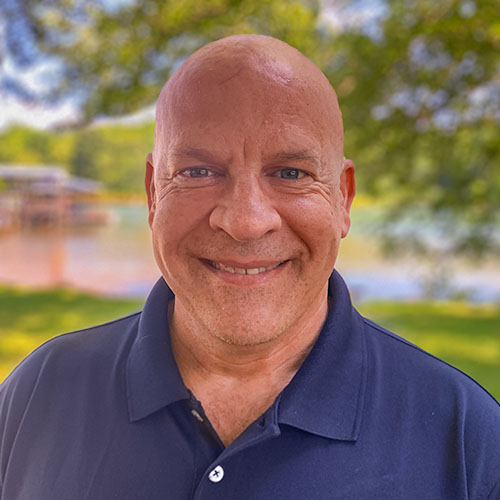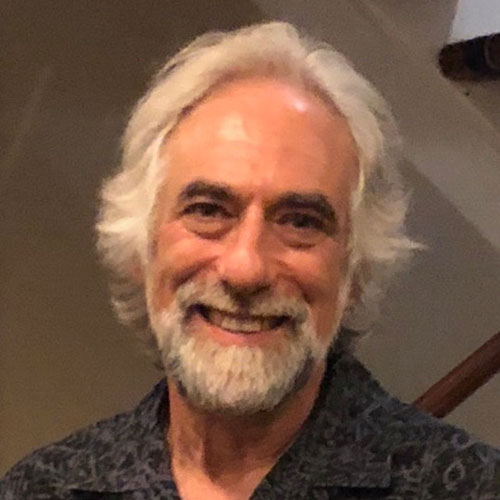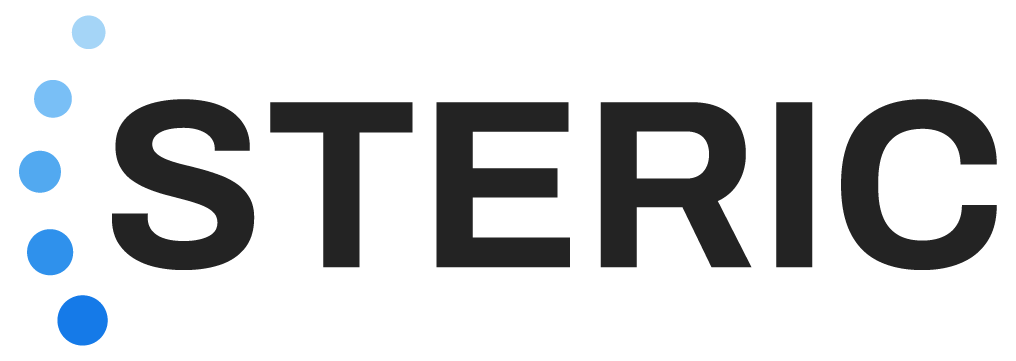Steric changes everything.
Steric’s proprietary, patent-pending technology ushers in a new era for producers around the world. Our nearly instantaneous one-step process offers a solution for those seeking simplified operations, reduced costs, and innovation you can taste — one sip and it’s clear how we celebrate the past while revolutionizing the future.
In “nerd speak”, we run products through our proprietary, software-driven equipment that uses advanced low-energy electromagnetic field technology to improve products in just seconds. Nothing is added or taken away. Translation? We make it easy to transform your production process.
We cater to both large-scale and craft producers. Our Steric 1000 processes nearly 1,000 gallons per hour. The Steric Max, available soon, processes at 3000 gallons/hr. We can also connect machines and develop custom solutions capable of processing 6,000+ gallons per hour. Our Artisan and Air models provide cost-effective solutions for smaller operations.
Our process offers several environmental and economical advantages, including minimal energy consumption, zero physical waste from filter media or additives, and the ability to transform low-quality products that would otherwise be discarded into high-quality, marketable goods.
Wine and spirit makers who use Steric machines can significantly reduce operational and input costs by achieving batch consistency, innovate with new product offerings, and improve the overall quality in their winemaking and distillation processes.

Bill joined Steric with over 30 years of experience leading creative and technical ventures and helping to generate billions in enterprise value.
As co-founder and President of Production at Legendary Entertainment, Bill served as Executive Producer on several major films, including the box-office hits The Hangover, Superman Returns, the Spartan epic 300, and The Town.
Before Legendary, Bill was President of Centropolis Entertainment, where he was Executive Producer of Independence Day, then the second highest-grossing movie of all time, as well as the Revolutionary War movie The Patriot and many others. Under his leadership, the company also successfully developed digital entertainment ventures such as mothership.com and Centropolis Effects, a top-tier visual effects house.

Dan has amassed 30 years of experience in the Food & Beverage processing industry. Most recently, he led the Food & Beverage business unit at Pall, a prominent Danaher Operating Company. Prior to his tenure at Danaher, Dan worked in the F&B sector for multinational conglomerates Parker and 3M. Throughout his career, he has excelled in various roles focused on technical and commercial problem-solving.

Steve is an inventor and serial entrepreneur. He spent five years as Walt Disney Imagineering Director of R&D–Advanced Technology Research, then five years at Sony Development as Chief Technologist. Steve is the named inventor on 26 patents he has licensed or taken directly to market.

A true polymath, problem-solver and inventor, Eric has deep experience across diverse fields of engineering, technology, and innovation, including consulting work for Microsoft, Epson and numerous start-ups.

Kevin has worked on a variety of projects since 1997, including as a contractor for the US Navy writing the control systems for the Navy’s 4 mile rocket sled, their 9 jet engine wind tunnel and remote control full-size tethered helicopter, as well as in the non-military sector on multiple industrial control systems and various other projects, most recently focusing on embedded controllers.

We don’t just rescue flawed products; we optimize all wine and spirits. We partner with smaller artisanal makers, large-scale producers, and creators of super-premium spirits priced at $400/bottle and above.
We firmly believe that the internet should be available and accessible to anyone, and are committed to providing a website that is accessible to the widest possible audience, regardless of circumstance and ability.
To fulfill this, we aim to adhere as strictly as possible to the World Wide Web Consortium’s (W3C) Web Content Accessibility Guidelines 2.1 (WCAG 2.1) at the AA level. These guidelines explain how to make web content accessible to people with a wide array of disabilities. Complying with those guidelines helps us ensure that the website is accessible to all people: blind people, people with motor impairments, visual impairment, cognitive disabilities, and more.
This website utilizes various technologies that are meant to make it as accessible as possible at all times. We utilize an accessibility interface that allows persons with specific disabilities to adjust the website’s UI (user interface) and design it to their personal needs.
Additionally, the website utilizes an AI-based application that runs in the background and optimizes its accessibility level constantly. This application remediates the website’s HTML, adapts Its functionality and behavior for screen-readers used by the blind users, and for keyboard functions used by individuals with motor impairments.
If you’ve found a malfunction or have ideas for improvement, we’ll be happy to hear from you. You can reach out to the website’s operators by using the following email
Our website implements the ARIA attributes (Accessible Rich Internet Applications) technique, alongside various different behavioral changes, to ensure blind users visiting with screen-readers are able to read, comprehend, and enjoy the website’s functions. As soon as a user with a screen-reader enters your site, they immediately receive a prompt to enter the Screen-Reader Profile so they can browse and operate your site effectively. Here’s how our website covers some of the most important screen-reader requirements, alongside console screenshots of code examples:
Screen-reader optimization: we run a background process that learns the website’s components from top to bottom, to ensure ongoing compliance even when updating the website. In this process, we provide screen-readers with meaningful data using the ARIA set of attributes. For example, we provide accurate form labels; descriptions for actionable icons (social media icons, search icons, cart icons, etc.); validation guidance for form inputs; element roles such as buttons, menus, modal dialogues (popups), and others. Additionally, the background process scans all of the website’s images and provides an accurate and meaningful image-object-recognition-based description as an ALT (alternate text) tag for images that are not described. It will also extract texts that are embedded within the image, using an OCR (optical character recognition) technology. To turn on screen-reader adjustments at any time, users need only to press the Alt+1 keyboard combination. Screen-reader users also get automatic announcements to turn the Screen-reader mode on as soon as they enter the website.
These adjustments are compatible with all popular screen readers, including JAWS and NVDA.
Keyboard navigation optimization: The background process also adjusts the website’s HTML, and adds various behaviors using JavaScript code to make the website operable by the keyboard. This includes the ability to navigate the website using the Tab and Shift+Tab keys, operate dropdowns with the arrow keys, close them with Esc, trigger buttons and links using the Enter key, navigate between radio and checkbox elements using the arrow keys, and fill them in with the Spacebar or Enter key.Additionally, keyboard users will find quick-navigation and content-skip menus, available at any time by clicking Alt+1, or as the first elements of the site while navigating with the keyboard. The background process also handles triggered popups by moving the keyboard focus towards them as soon as they appear, and not allow the focus drift outside of it.
Users can also use shortcuts such as “M” (menus), “H” (headings), “F” (forms), “B” (buttons), and “G” (graphics) to jump to specific elements.
We aim to support the widest array of browsers and assistive technologies as possible, so our users can choose the best fitting tools for them, with as few limitations as possible. Therefore, we have worked very hard to be able to support all major systems that comprise over 95% of the user market share including Google Chrome, Mozilla Firefox, Apple Safari, Opera and Microsoft Edge, JAWS and NVDA (screen readers), both for Windows and for MAC users.
Despite our very best efforts to allow anybody to adjust the website to their needs, there may still be pages or sections that are not fully accessible, are in the process of becoming accessible, or are lacking an adequate technological solution to make them accessible. Still, we are continually improving our accessibility, adding, updating and improving its options and features, and developing and adopting new technologies. All this is meant to reach the optimal level of accessibility, following technological advancements. For any assistance, please reach out to


Submit your name and email address, and then check your inbox for a link to download our GC Analysis.

Submit your name and email address, and then check your inbox for a link to download our White Paper.